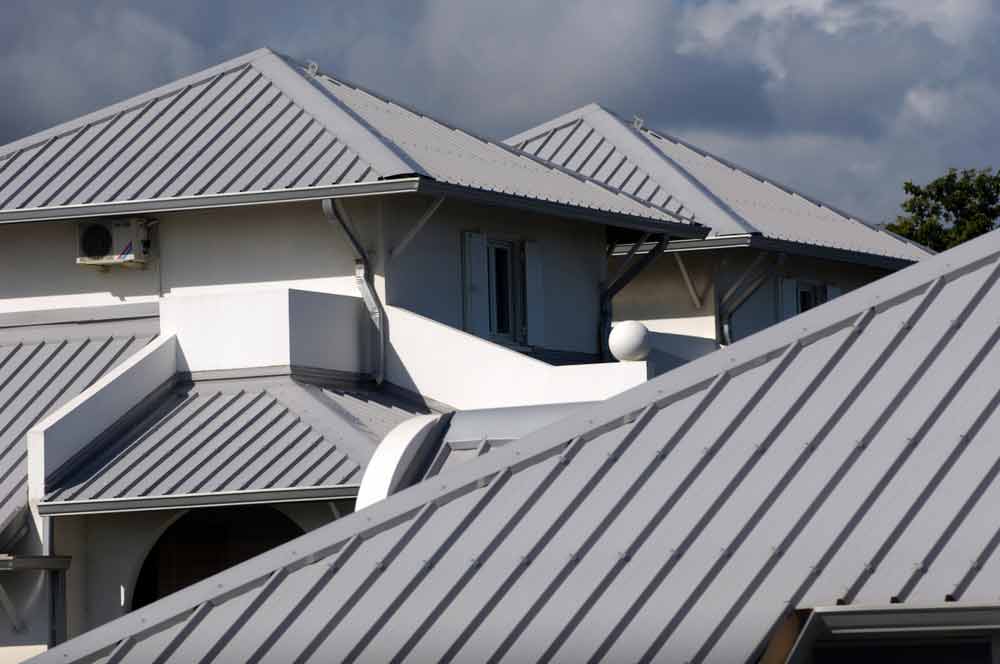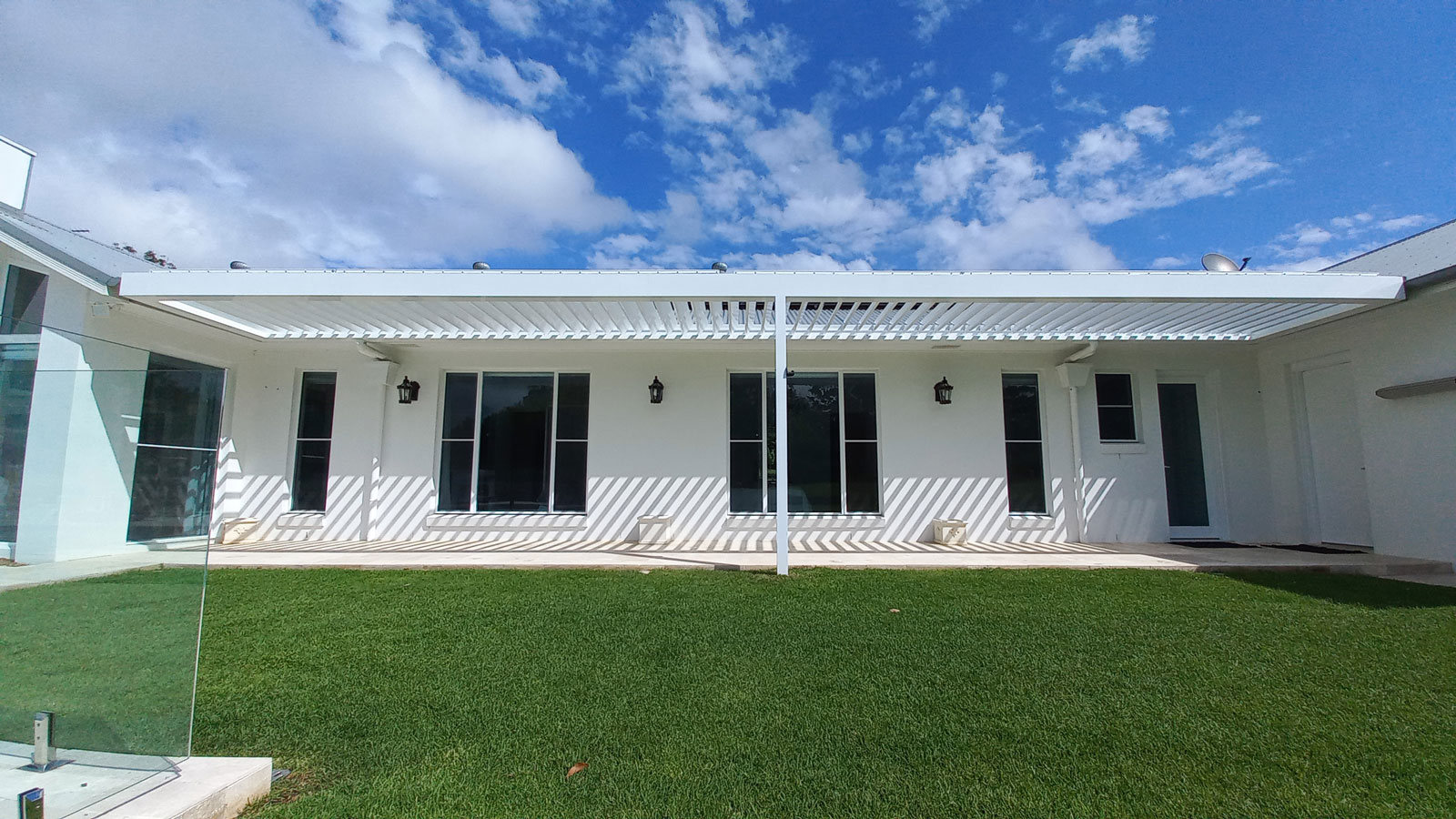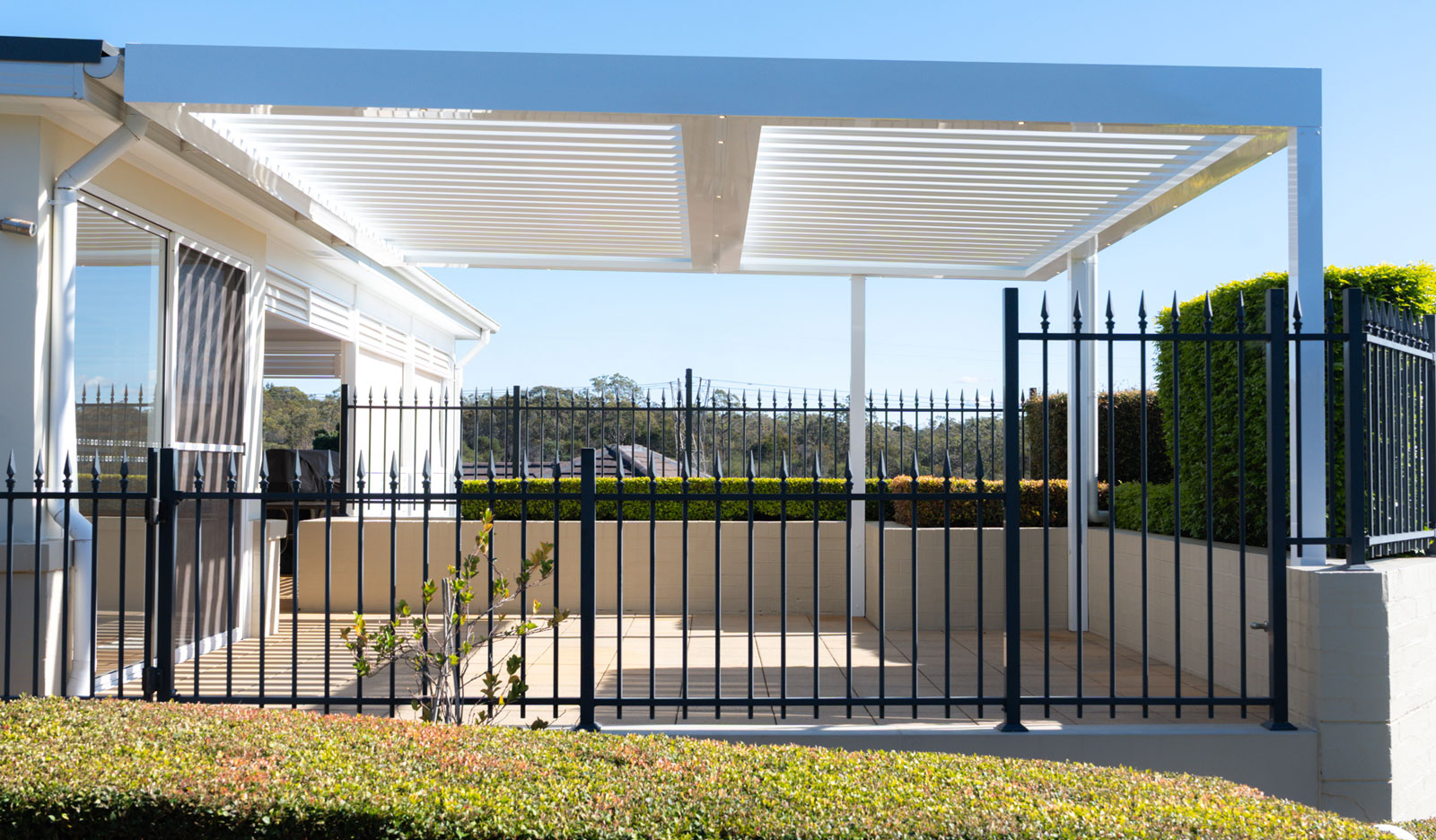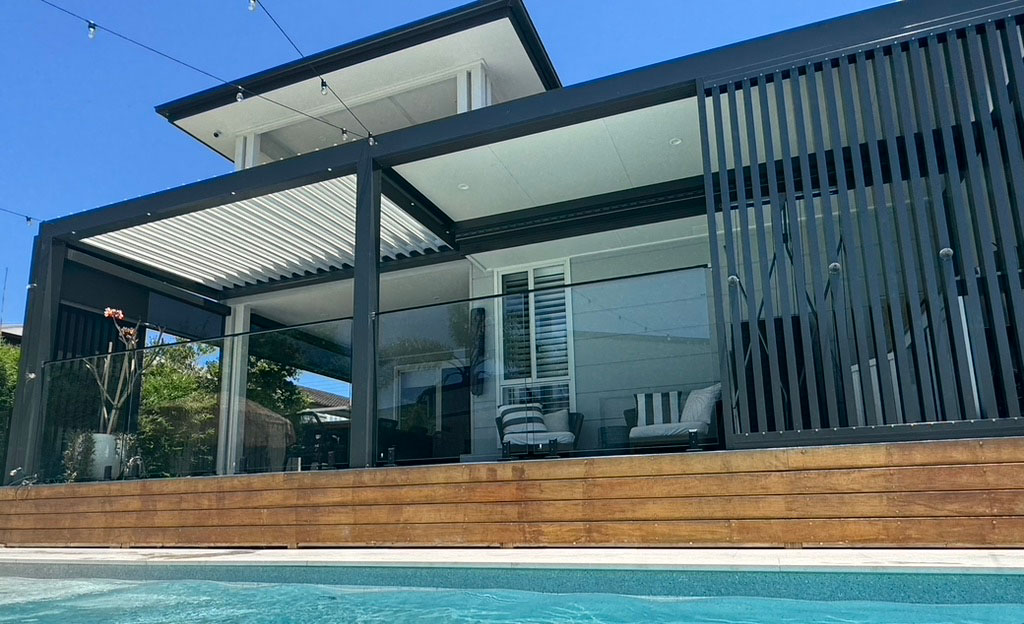Installing roof insulation is an effective and affordable way to reduce your energy bills and keep your home more comfortable all year round. Proper insulation can keep your home warmer in the winter and cooler in the summer.
If you’re considering installing roof insulation in your home, knowing what types of roof insulation exist and what they offer could help you to narrow down your choices. Let’s explore the different types of roof insulation most commonly used in Australia and how to choose the best type for your home.

What Types Of Roof Insulation Are There?
Before you book roof insulation, consider the different types of roof insulation available and what they offer for different types of properties. The most popular types of roof insulation in Australia are bulk insulation, reflective foil insulation, and spray insulation.
Bulk Insulation
Bulk insulation is the most common type of insulation in Australia. It can be made from a variety of materials including fibreglass, polyester, expandable polystyrene, rock wool, wool, and cellulose. These materials stop heat from entering or leaving a house. They’re usually formed in batts, boards, or as loose fill insulation.
Reflective Foil Insulation
Reflective foil insulation is a type of insulation that reflects sunlight away from the roof of the house during the summer to reduce heat gain. It doesn’t stop heat from leaving your property, so it won’t keep your property warmer in the winter. This type of insulation works best when used as sarking under a roof within an enclosed air space of at least 25mm.
Spray Insulation
Spray foam insulation is sprayed inside the gaps in the walls or in the roof to provide simple but effective insulation from heat and cold. It’s most often used in cavity wall insulation, but it can also be used in roofs. When spray foam insulation hardens, it creates a thick layer of insulation that’s resistant to both moisture and sagging.
How To Choose The Best Roof Insulation For Your Roof
When you’re trying to choose the best type of roof insulation for your property, consider your budget as well as the type of roof you’re trying to insulate and what your insulation targets are. Each of the insulation types above carries its own pros and cons.
R Value
The R value is the measure of thermal resistance that your insulation offers. The higher the R value of insulation, the better it is at insulating your home. This also means that insulation types with higher R values tend to cost more. Ideally, aim for ceiling insulation with an R value of between 3.5 and 5.0 in Australia. In colder climates, an R value of 6.0 might be necessary.
Moisture Resistance
In wet climates, like a lot of Australia during the stormy season, the moisture resistance of roof insulation is important too. Some bulk insulation materials including cellulose and wool may not be suitable if your roof cavity gets damp or humid during the wet season. Spray foam insulation as well as fibreglass, polyester and rock wool bulk insulation are better choices if you need moisture resistance.
Cost
Finally, don’t forget to factor in your budget. Reflective foil insulation is cheaper in general than other types of insulation, but it offers less functionality when compared to bulk and spray foam insulation because it doesn’t keep your home warmer in winter.
Spray foam insulation is the most expensive, although it also carries the highest R value, while bulk insulation depends largely on what type of material you’re going to use. If you want to cut your costs further, you may be able to install bulk insulation yourself.


